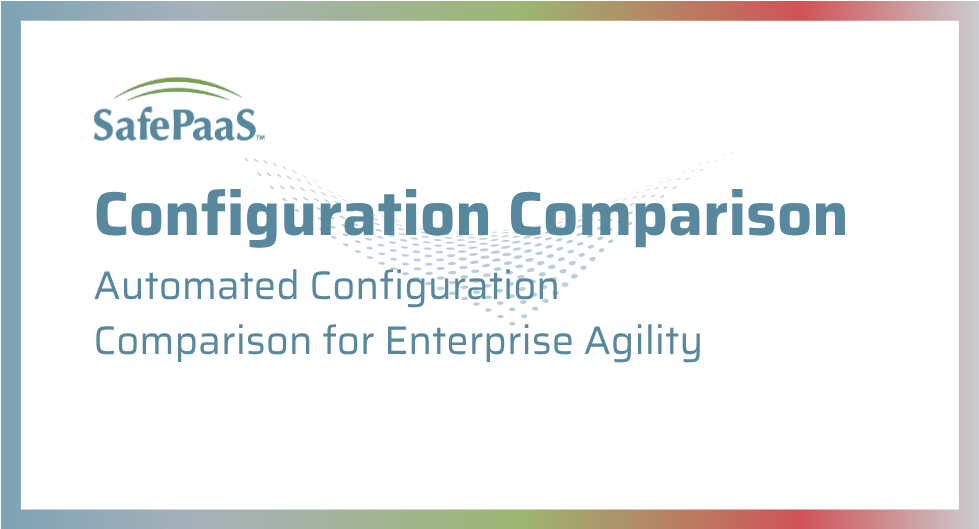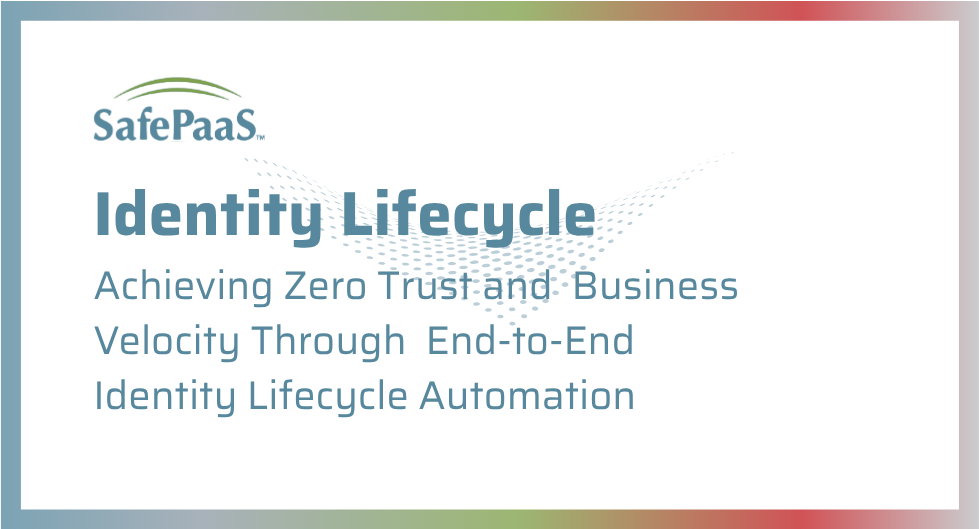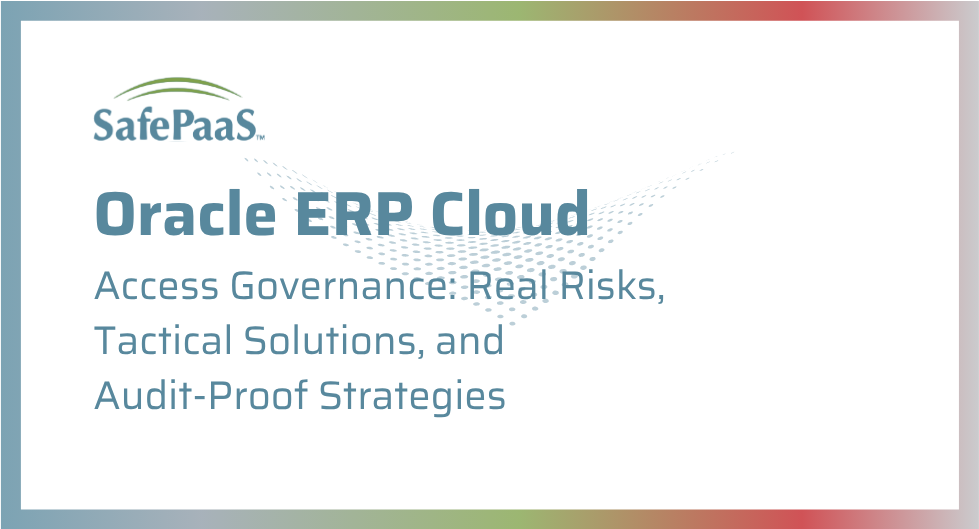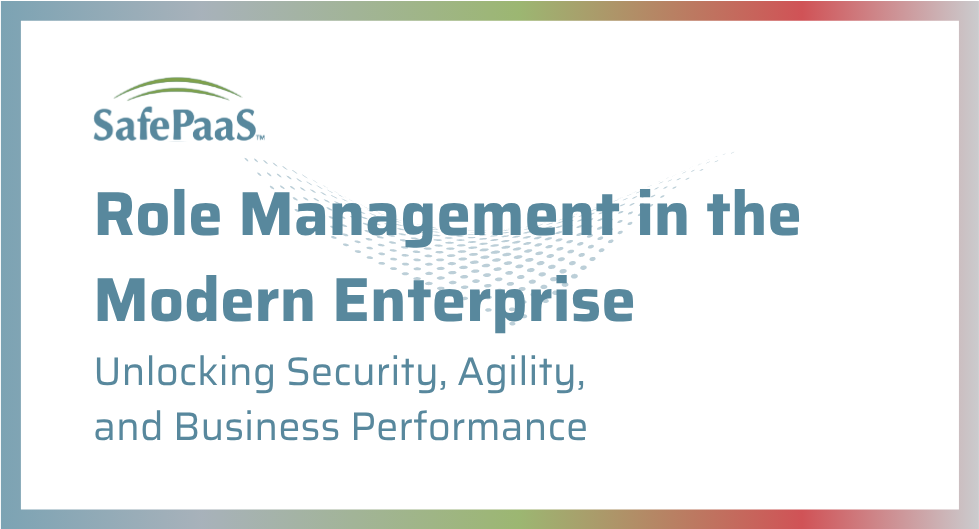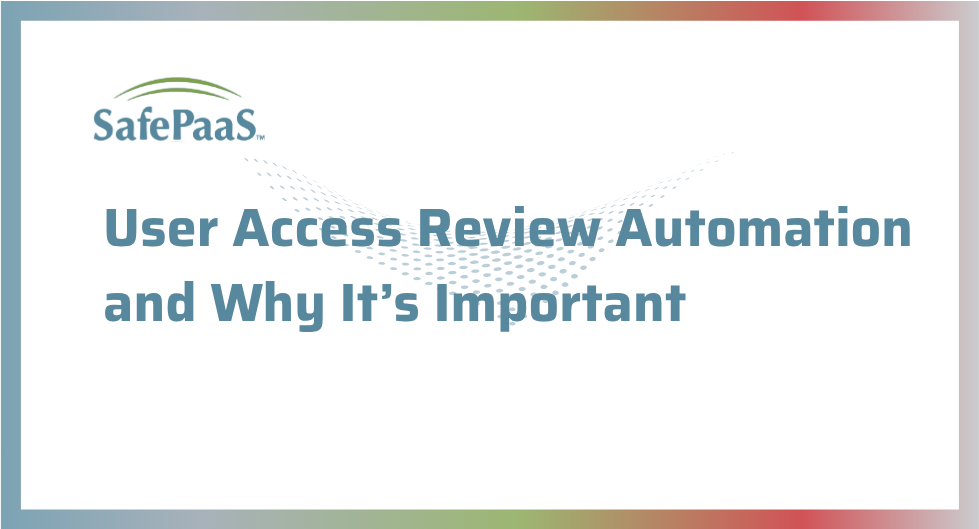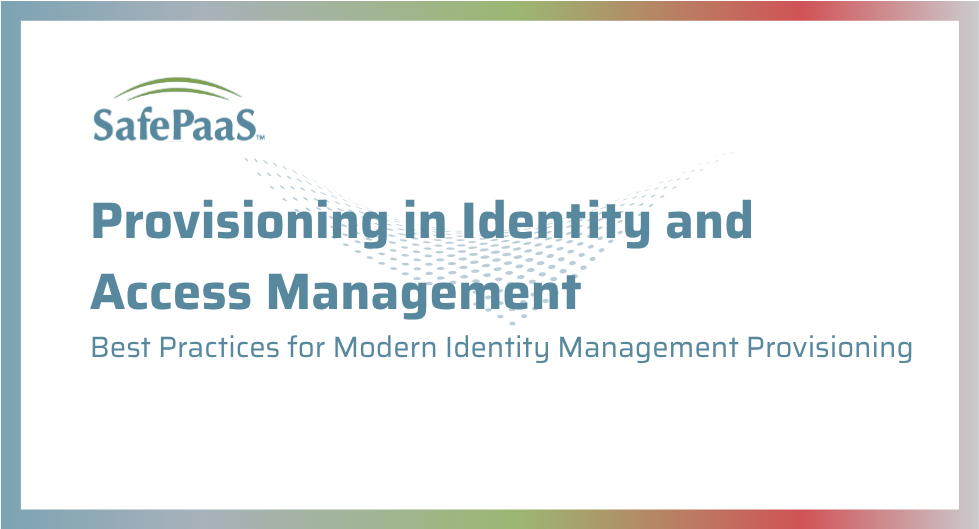What is Identity GRC?
Michael Rasmussen, a leading authority on GRC, describes Identity GRC as a way to align identity and access management with your organization’s broader governance, risk, and compliance objectives. Instead of simply tracking who has access, Identity GRC helps you understand why access is granted, how it’s approved, and whether it truly supports your policies and reduces risk. Rasmussen emphasizes that integrating IAM into a GRC strategy brings clarity, accountability, and auditability, enabling you to make informed decisions that support both security and business agility. This approach not only strengthens compliance and oversight but also creates a more transparent and resilient environment for managing digital identities, ensuring you’re prepared for evolving risks and regulatory demands.
Identity GRC strengthens enterprise controls for audit readiness.
Identity Governance and Administration as a Foundation, Not the Finish Line
Identity Governance and Administration solutions are a vital foundation for managing user access and enforcing the segregation of duties, helping ensure that the right people have access at the right time. They play a key role in strengthening identity security and supporting operational efficiency. However, as businesses grow more complex and audits become more demanding, relying on IGA alone can leave important gaps in your control processes, risk visibility, and audit preparedness. By extending your approach to include Identity GRC, you can close these gaps, bringing greater alignment between identity management, risk mitigation, and compliance. This proactive, integrated strategy not only reduces exposure to material risks and audit issues but also gives your organization the confidence, agility, and transparency needed to meet today’s evolving business and regulatory demands.
The Challenges of Relying on IGA Alone
Bringing Clarity to Business Process Controls
Often, users are given access to important systems so they can carry out tasks that support key business processes. These tasks are closely tied to the controls that help keep the business running safely and in compliance. When something goes wrong, the business often depends on those processes to understand what happened and how serious the risk is.
However, traditional Identity Governance and Administration (IGA) solutions—while useful for checking access and enforcing segregation of duties—don’t show how user access connects to actual business processes. This lack of visibility can make it harder to understand the true impact of access-related risks.
IGA does not track if key business processes, like Procure-to-Pay, Order-to-Cash, or Record-to-Report, are actually working as intended. Without this oversight, issues such as duplicate payments, unauthorized approvals, or missed manual checks can slip through, leading to financial losses, higher fraud risk, and possible regulatory penalties. If auditors or compliance teams ask how business process controls are working and you can’t provide clear answers, it can quickly erode their trust and confidence.
Identity GRC connects access to specific business process controls, allowing you to assess the impact of access-related risks on critical operations.
Build a Stronger Risk and Controls Foundation
To be audit-ready, you need a well-structured Risk and Controls Matrix that clearly links specific risks to the controls you have in place to prevent or detect them, with clear ownership and documented evidence. Without this, you’re likely to face more audit issues, higher costs to fix problems, and difficulty proving compliance with regulations like SOX or GDPR. Not having a strong RCM also makes it harder for you to respond quickly to incidents or regulatory questions, increasing your risk of losses and damages.
Identity GRC provides a unified view of risks and controls across systems, allowing for the comprehensive oversight needed for compliance and risk mitigation.
Expanding Beyond Identity-Related Security
IGA tools help you manage provisioning, de-provisioning, and access certifications, but they don’t monitor application configurations, financial controls, or unusual process activities. This creates critical holes in oversight since risks can come from system changes, local process deviations, or unexpected transactions. These blind spots can result in undetected errors, fraud, or policy violations, disrupting your operations and hurting your bottom line.
Identity GRC can monitor:
- Application configurations, such as changes in financial workflows or approval rules
- Financial controls such as tolerance limits, journal entry overrides, manual postings
- Unusual process activities such as duplicate vendors and off-cycle payments
Bridging the Gap in Audit Evidence and Remediation
Auditors require complete, end-to-end evidence of your control operations, including control descriptions, objectives, testing results, and remediation logs. IGA solutions don’t offer this depth of audit trail or support ongoing control testing, and remediation workflows. Without these capabilities, your audits take longer and cost more, and unresolved control issues can turn into compliance violations or fines, directly affecting your bottom line and putting executive accountability at risk.
Identity GRC provides continuous control monitoring, automated audit evidence collection, and remediation tracking. These are all key requirements for passing audits and avoiding penalties.
Maintain Control and Compliance with Ongoing Testing and Remediation Tracking
Modern audit standards require you to perform continuous control testing, track issues systematically and have formal remediation plans in place. IGA tools don’t provide these features, so even if you identify control gaps, they often aren’t fully resolved or independently verified. This leaves you with open compliance issues and makes it hard to maintain consistent controls and operational stability across all your business units and geographies.
Identity GRC tests the effectiveness of controls in real-time, mitigating the risk of control failures.
What are Identity GRC Solutions?
SafePaaS is designed to address the limitations of IGA and legacy audit and compliance controls platforms, providing the active governance, automation, and oversight that complex organizations need to stay secure and compliant.
End-to-End Process Monitoring
With SafePaaS, you gain continuous monitoring of workflows, approvals, and key configurations across all major ERP and enterprise applications. It isn’t just about setting controls; it’s about making sure those controls, like approval thresholds and segregation of duties, actually work in practice. When issues do arise, SafePaaS helps you catch and fix them quickly, reducing the risk of financial leakage, fraud, and operational surprises.
Comprehensive Risk and Controls Matrix
SafePaaS maintains a robust, audit-ready RCM that links risks to your specific controls, assigns clear ownership, and tracks testing frequency. This structure is essential for meeting regulatory requirements, preparing for audits, and reducing the risk of costly audit findings.
Beyond Identity Administration
Unlike IGA alone, SafePaaS extends governance to application configurations, financial controls, and transactional anomalies, areas where errors or fraud can directly impact your business. By monitoring these critical points, you can prevent process breakdowns before they escalate and ensure business continuity.
Centralized, Audit-Ready Evidence
SafePaaS automates the collection and centralization of audit evidence, replacing spreadsheets and disparate tracking tools. This means you can quickly provide auditors with comprehensive, end-to-end evidence on demand, saving time and reducing audit costs.
Continuous Control Testing and Remediation Tracking
The platform supports continuous control testing and systematic issue tracking through workflow-driven remediation. This closed-loop approach ensures that issues are not only identified but also fully resolved and independently verified, strengthening your operational resilience and reducing both your risk exposure and the duration of that exposure.
Seamless Integration and Scalability
SafePaaS is built to connect with major ERP, IAM, and ITSM systems, and it can operate effectively in both hybrid and multi-cloud environments. This means SafePaaS not only supports your current technology environment but is also flexible and scalable enough to integrate with new systems and technologies as your business grows and changes.
Why This Matters
As audits become more demanding and business processes become more complex, relying on manual controls or basic IGA leaves you exposed. SafePaaS provides the automation, visibility, and policy-based governance you need to close these gaps, helping you guard against threats, simplify compliance, and build a more resilient business. By moving from reactive, piecemeal controls to an active, unified risk and controls approach with SafePaaS, you can better protect your business, satisfy auditors, and support growth with agility.
The Business Value of SafePaaS
These SafePaaS capabilities translate directly into measurable business value:
- Govern both identity and transactional risk: SafePaaS provides oversight not just of who has access, but also of how that access is used within critical business processes.
- Monitor process controls across ERP and financial systems: The platform continuously tracks and validates controls embedded in your core systems, helping you detect and remediate issues before they become audit findings or operational problems.
- Support end-to-end audit and compliance documentation: SafePaaS automates evidence collection and centralizes documentation, making data more secure while enabling quick responses to auditor requests.
- Provide a robust Risk and Controls Matrix, real-time monitoring, testing, and remediation: With SafePaaS, you maintain a living RCM, continuously test controls, and ensure that any gaps are quickly addressed and independently verified.
IGA protects access; SafePaaS protects how business gets done.
Both solutions are essential for building a secure, compliant, and resilient enterprise. While IGA helps you manage who can access your systems, SafePaaS enables you to move beyond slow, checkbox compliance to active, integrated risk management.
With SafePaaS, you don’t just uncover identity risks—you take control of them. It completes the identity security ecosystem, empowering your organization to proactively protect against threats, strengthen internal controls, and confidently adapt to evolving regulatory and business demands.


